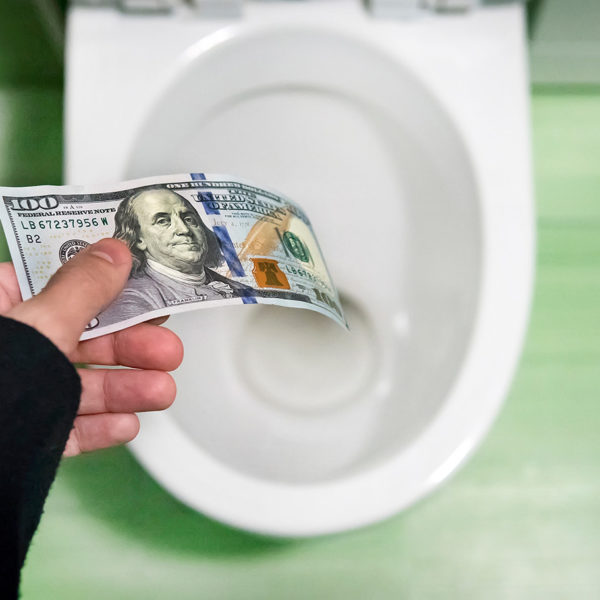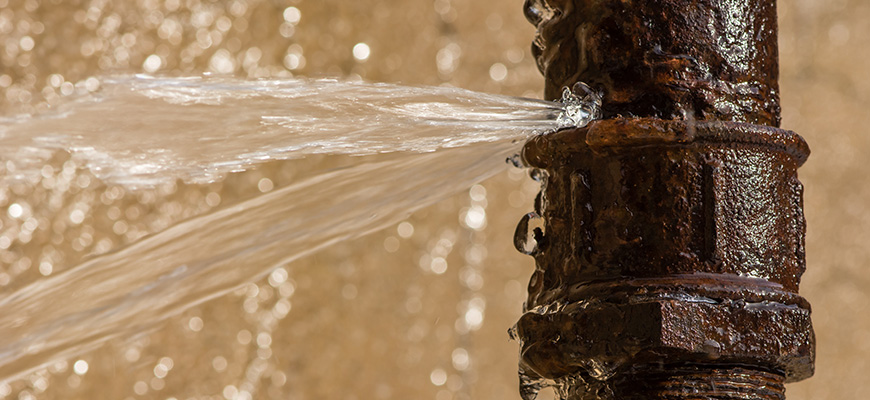When it comes to plumbing in your home, you might have a preference for what type of toilet you have. Do you prefer the sound of a flush toilet over a half-moon one? Or perhaps you love the idea of an eco toilet, which is an option that does not use water or chemicals to sanitize waste and can be more environmentally friendly. Eco toilets are becoming increasingly popular, with about 66 percent of American homes having at least one as of 2015. If you’re interested in finding out whether eco toilets really do make financial sense for your home, this article will cover everything from the pros and cons to how much they cost, to how often they need maintenance, among other things. Keep reading to find out more.
An Overview of Eco Toilets
If you love the idea of an eco toilet, but aren’t exactly sure what they are or how they work, a basic understanding of how they function is helpful. For the most part, eco toilets are mechanical toilets, meaning they use a tank of water to flush waste down a pipe to a septic system or waste water treatment plant. The tank is usually filled from a cistern, which is a container made of plastic, copper, or stainless steel used to catch rainwater. Cisterns are usually placed next to the toilet. When you use an eco toilet, you press the handle on the tank to flush waste, which then travels down a pipe to either a septic system or wastewater treatment plant, similar to the way a flush toilet operates. The main difference is that eco toilets don’t use water or chemicals for irrigation.
The Pros of an Eco Toilet
– Environmentally Friendly – Despite the fact that eco toilets don’t use water or chemicals to flush waste down a pipe, they are still considered environmentally friendly. They are more environmentally friendly than standard toilets, which flush waste down a pipe and into a sewer system, which often leads to wastewater treatment plants that use chemical wastewater treatment processes. But they are less environmentally damaging than cisterns, which use rainwater. – No Water or Chemicals – As mentioned above, eco toilets don’t use water or chemicals to flush waste, so they are both environmentally friendly and cost-effective. They are also not as damaging to the environment as cisterns, as they don’t require the use of chemicals. – Less Space Than Toilets – Another pro of eco toilets is that they don’t require a large amount of space compared to standard toilets. The tanks are usually less than 60 litres, so they don’t require the large amount of space that toilets do, and can fit in smaller spaces such as closets or bathrooms.
The Cons of an Eco Toilet
– Maintenance – Although eco toilets don’t use water or chemicals to flush waste, they do need maintenance. This maintenance is usually confined to emptying the tank, rinsing off the tank, and rinsing out the bowl, as well as regular cleaning of the bowl, casing, and pipe. But this doesn’t happen very often, so maintenance shouldn’t be a problem. – Cost – Another con of eco toilets is that they are more expensive than standard toilets. This is due to the lack of water and chemical usage and the stainless steel tank, which is one of the most expensive parts of an eco toilet. A shared flush toilet, which is the most popular type of toilet in the world, costs about $5,400 per year to run, according to the Bureau of Labor Statistics. – Noise – In some cases, eco toilets do make noise, especially if there is a leak in the pipe or the water tank fails due to damage from a leaky tank. But in most cases, eco toilets are quieter than standard toilets, and don’t make a lot of noise at all.
How Much Do Eco Toilets Cost?
The cost of an eco toilet depends on many factors, including the type of toilet you choose and whether you have the tank, pipes, and cistern installed or if they are included in the price of the toilet. A shared flush toilet, which is the most common type of toilet in the world and most eco toilets in the U.S., costs about $5,400 per year to run, according to the Bureau of Labor Statistics. So, if you want an eco toilet, you can expect to pay about that amount every year. And, although it might not seem like it, you can expect to save money on your water and sewer bill, as these are two common costs that are charged per month. If you only use 50 gallons of water each month, but flush 8 times, each flush costs 50 cents. If you use 1,000 gallons of water per month but only flush 10 times, each flush costs 10 cents. This can add up over time and years, especially if your municipality doesn’t offer discounts on your water and sewer bill.
Maintenance for an Eco Toilet
Eco toilets need regular maintenance, but this maintenance is usually confined to emptying the tank, rinsing off the tank, and rinsing out the bowl, as well as regular cleaning of the bowl, casing, and pipe. But this doesn’t happen very often, so maintenance shouldn’t be a problem. Remember, this is the same maintenance you would have to have for any other toilet—you would have to empty the tank and clean the bowl, just like you would have to do for a cistern. Another thing to keep in mind is that you can usually put off emptying the tank for a few days or weeks, as long as there is still water in the tank. So, if you know you won’t have time to empty the tank before your water bill comes, you can put it off.
Which Type of Toilet Should You Have?
Now, if you’re still curious about eco toilets, you might want to consider getting an eco-friendly toilet to see if they make financial sense for your home. A shared flush toilet is the most popular type of toilet in the world, and is an eco toilet. The main difference between a standard toilet and an eco toilet is that the latter doesn’t use water or chemicals to flush waste down a pipe, while the former does. If you want to try an eco toilet, a good place to start is to talk to your plumber or home-improvement contractor. They can help you decide which type of toilet would be best for your home. And, if you do decide to get an eco toilet, it’s important to remember that they do require regular maintenance, just like any other toilet, and you should make sure to empty the tank and clean the bowl, just like you would for a cistern.


